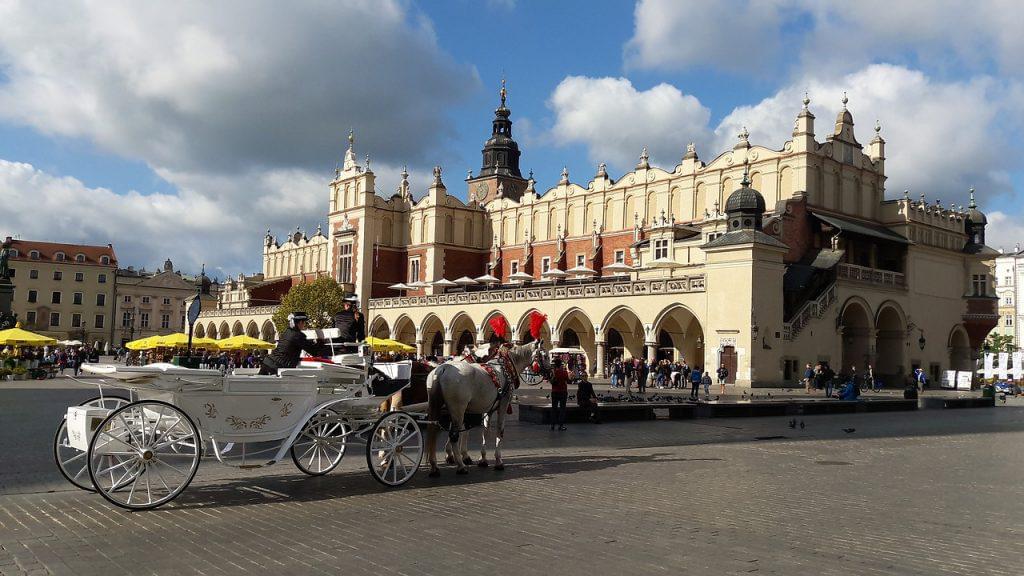
Sukiennice
The prototype of the "Sukiennice" Cloth Hall was the wooden cloth stalls surrounded by huts, and stalls. Nowadays, in Sukiennice, there are two rows of stalls, with jewelry, souvenirs and handicrafts. On that floor there is the Gallery of Polish Painting and Sculpture of the 19th century. In the basement in 2010, the Underground of the Main Market Square was opened - a walk through medieval Krakow.
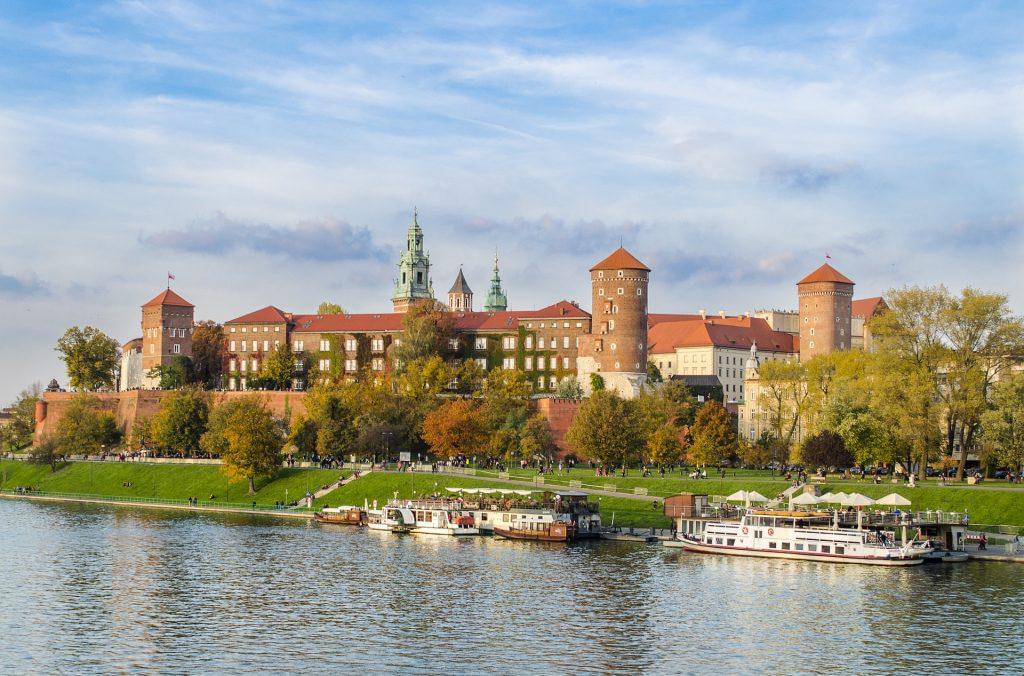
The Wawel Castle and the Wawel Cathedral
Residential and defense castle in Kraków, Wawel, with an area of 7040 m², with 71 exhibition halls. You can visit eight permanent exhibitions, royal chambers, private apartments, Crown Treasury, Armory, John III Sobieski's tower, Sigismund III Vasa tower, Danish tower, Kurza Stopka and Royal Gardens. You can see the Wawel Cathedral.
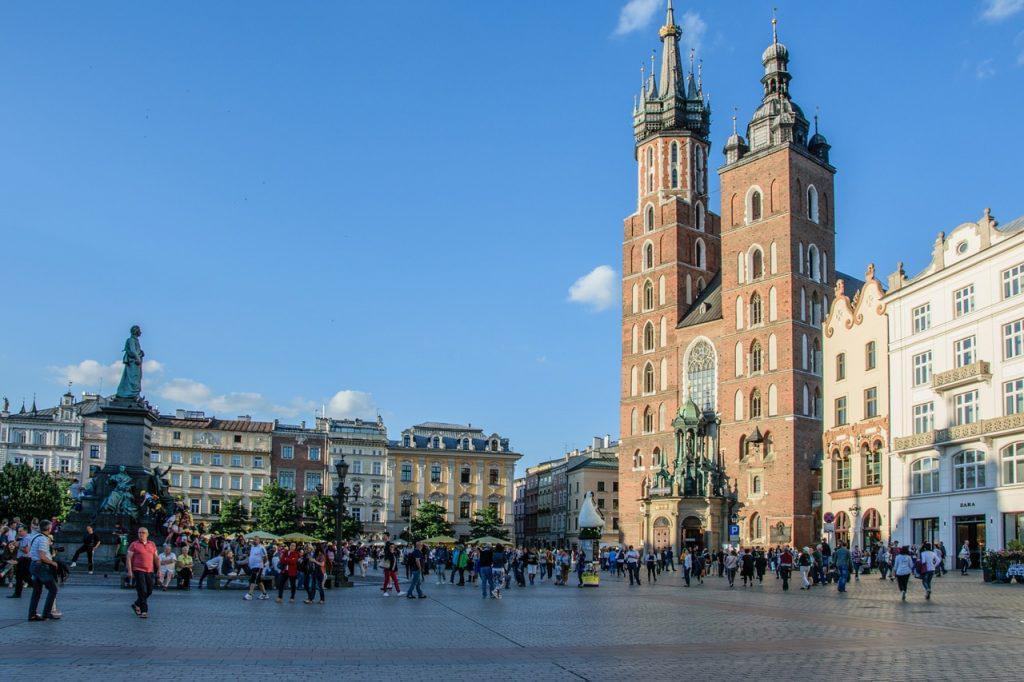
St. Mary's Church
Church of the Blessed Virgin Mary. One of the most important is the churches of Krakow, from 1962 having the title of a smaller basilica. Here you can see the history of Krakow, every hour we hear a bugle call played to four parts of the world.
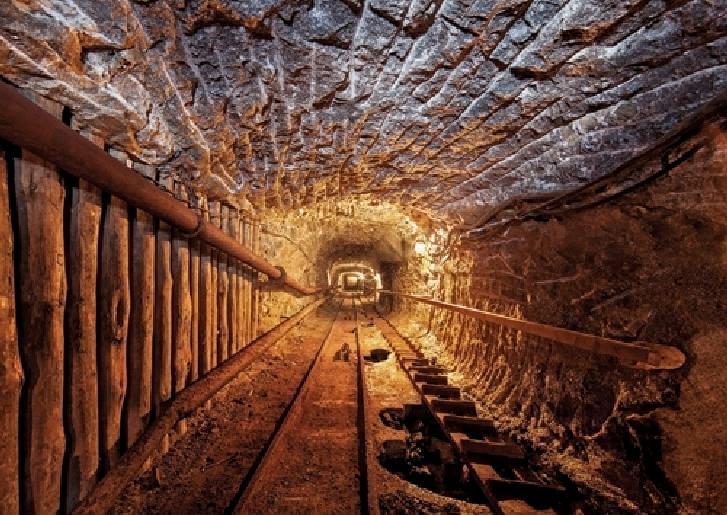
The Wieliczka Salt Mine
A rock salt mine in Wieliczka Krakow. From the 13th century to 1772, together with the "Bochnia" salt mine, it was part of the Cracow Salt Mines. The only mine excavated in the Miocene mines. In 1976, the mine was entered into the register of monuments. Two years later, it was entered by UNESCO on the first World Heritage List.
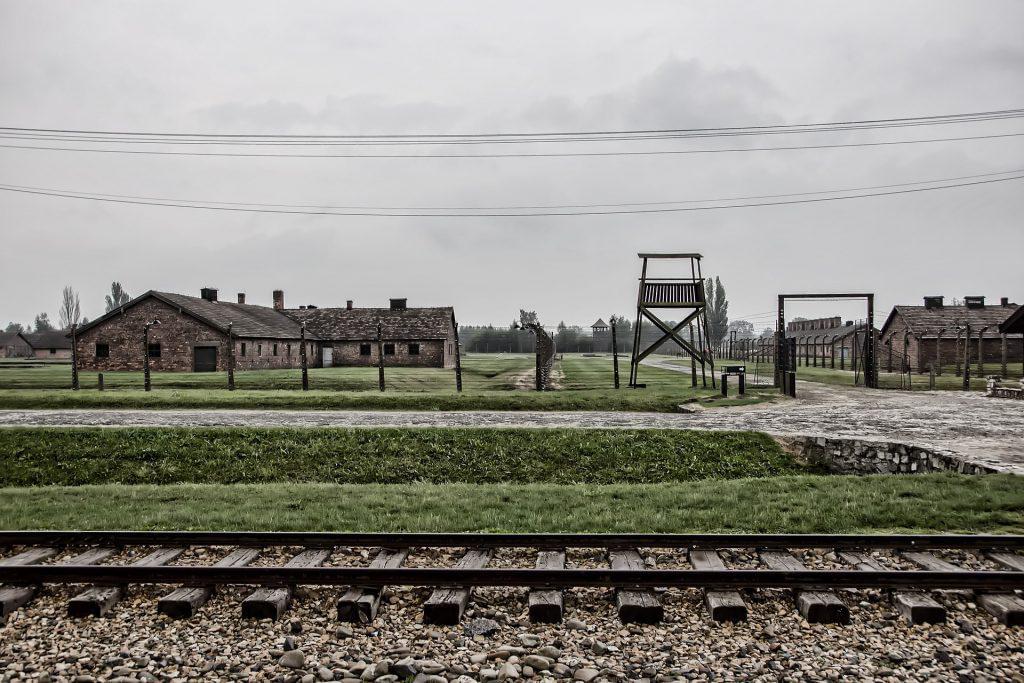
Auschwitz-Birkenau
Oświęcim and neighboring towns, existing in the years 1940-1945, the symbol of the Holocaust. Also described as the "death factory". The only concentration camp on the UNESCO World Heritage List.
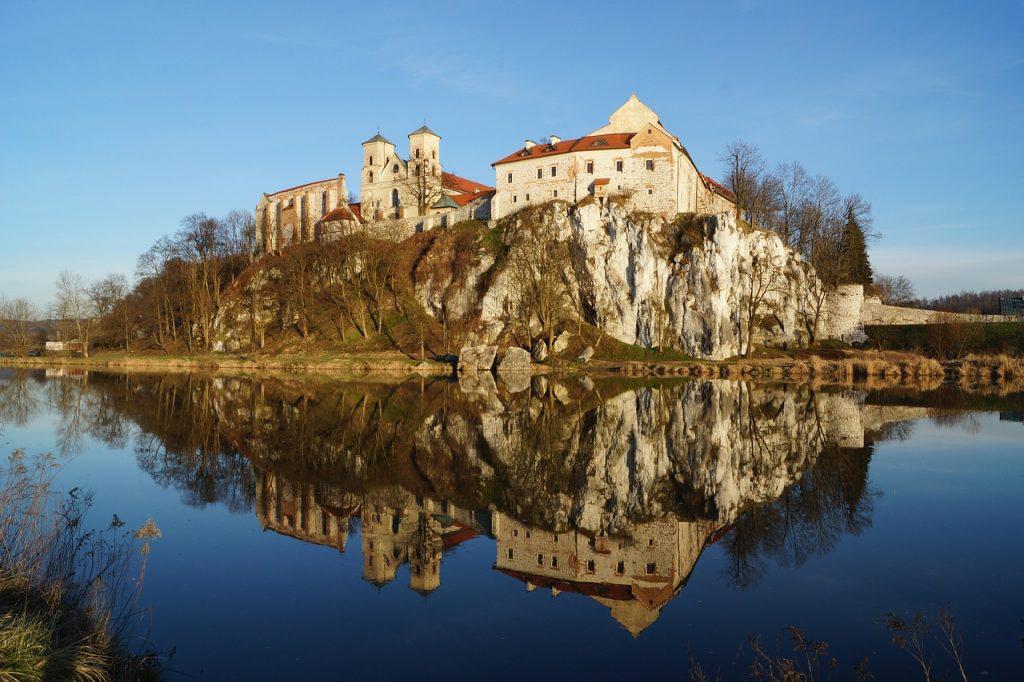
The Abbey in Tyniec
The Benedictine Abbey in Tyniec together with the church of St. Peter and Saint Paul. Benedictine Abbey in Tyniec in the southwestern part of Krakow. The story is the oldest of monasteries in Poland, situated on the limestone Wzgórze Klasztorne of on the Vistula River, funded most probably by Kazimierz I the Restorer in 1044.
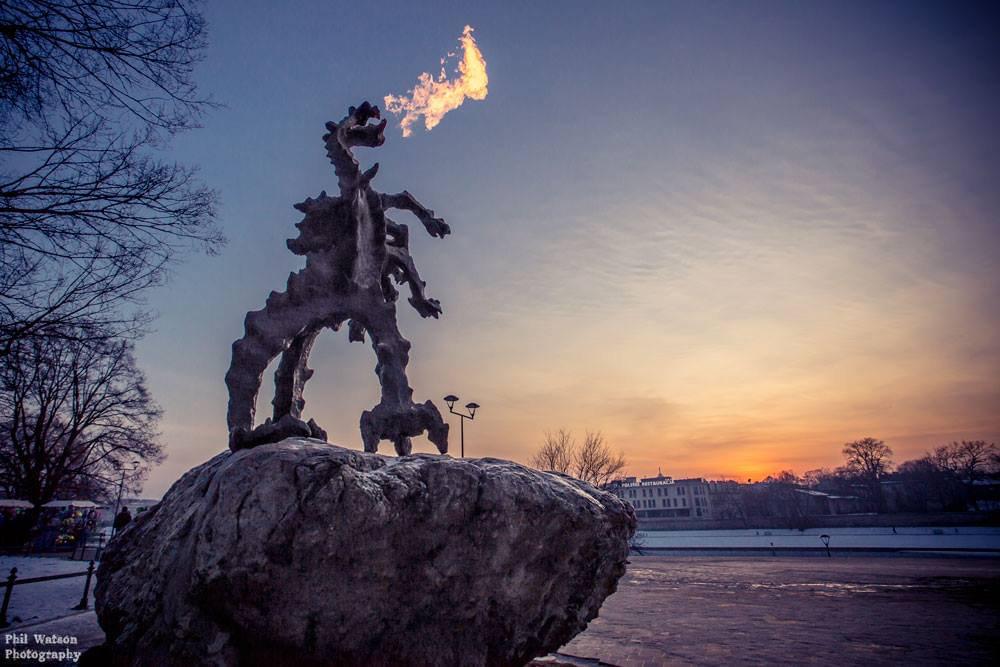
Dragon's Den
Karst cave within the Wawel strike connected with the most popular legend about the Wawel Dragon in the cave. In 1972, before the entrance to it, the Wawel Dragon sculpture by Bronisław Chromy was placed. The main string of the cave is a tourist trail with a length of 82 meters.
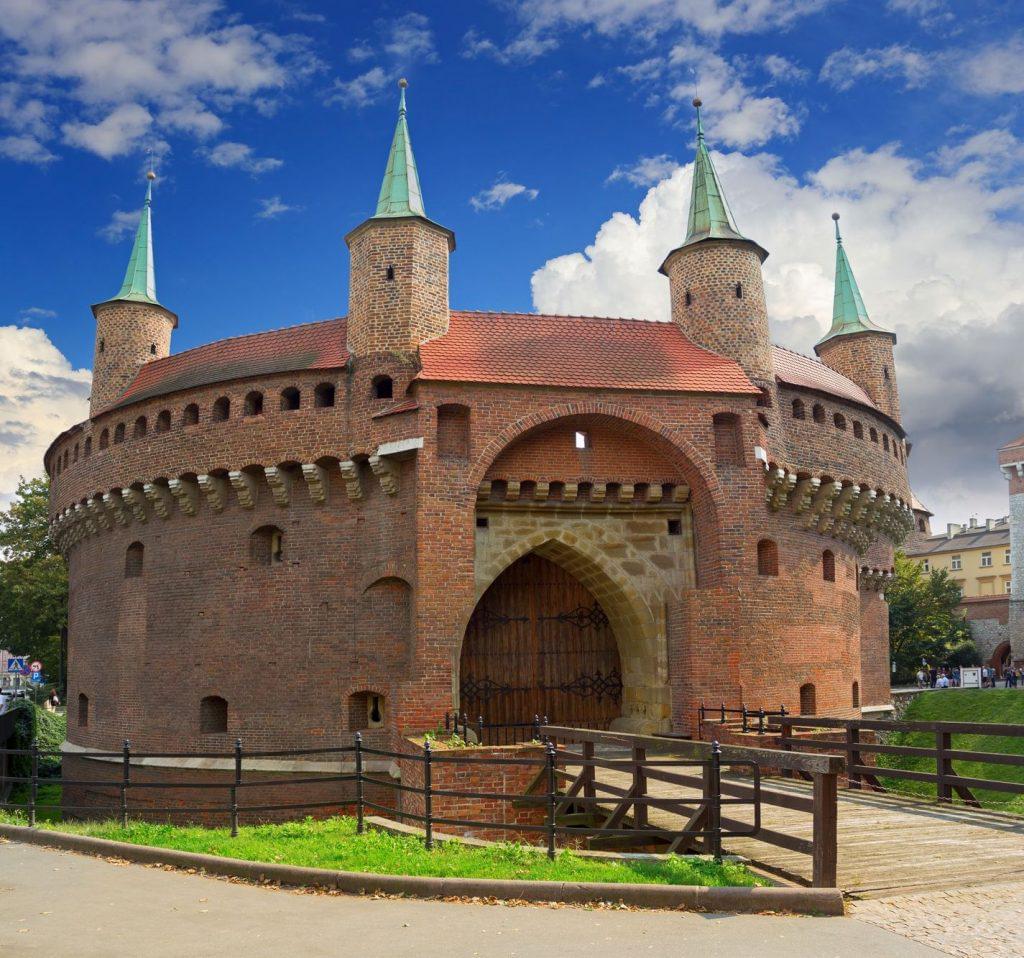
Barbican
The Barbican, the northernmost part of the city. It is located in Planty, in front of the Florian Gate, on the south side of Basztowa St.
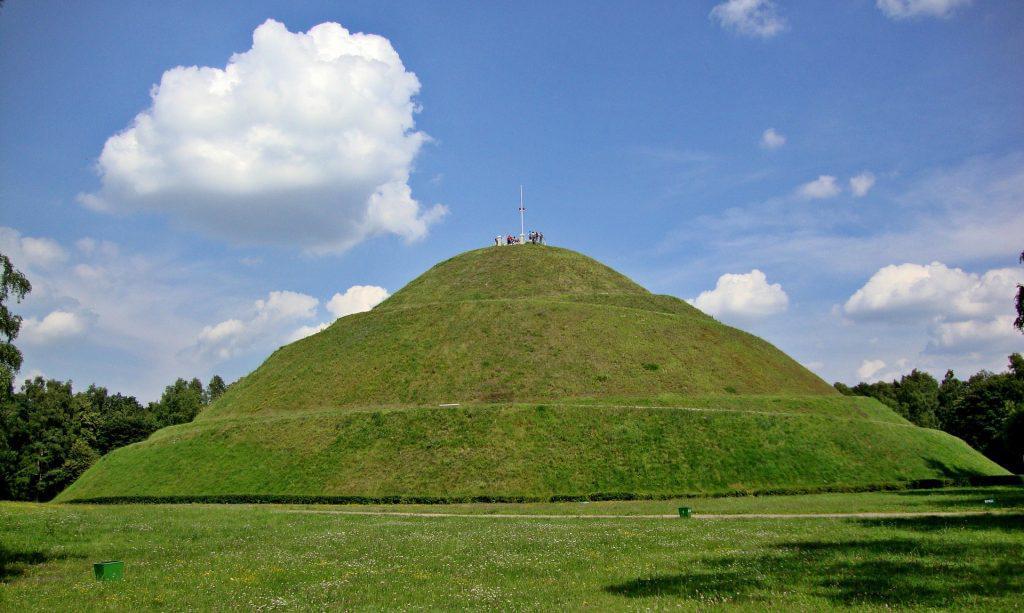
Kościuszko Mound
One of five Krakow mounds, dedicated to Tadeusz Kosciuszko, is on Wzgórze Bł. Bronisława in the western part of Krakow. Constructed 1820 – 1823.
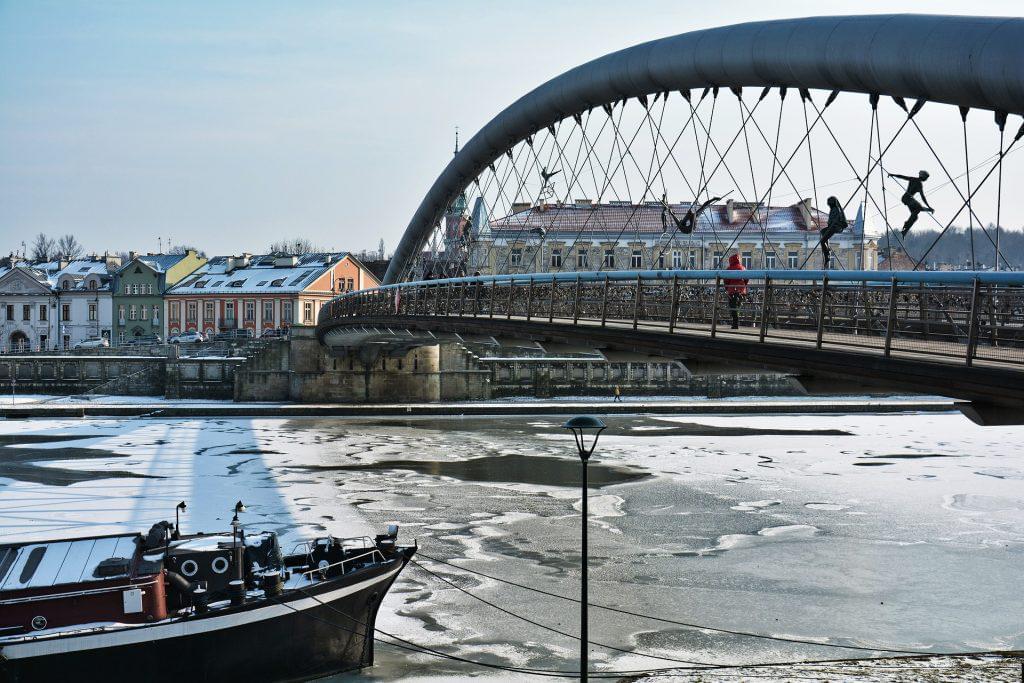
The Kazimierz district
A part of Krakow that is part of the District and the Old Town. From its foundation in the14th century to the turn of the 18th and 19th centuries, it was an independent city, located on the south of Krakow, separated from it by the now-defunct branch of the Vistula (was the royal city of the Crown of the Polish Kingdom). Its north-eastern part dealt with the Jewish quarter. The Bernatka footbridge for lovers is nearby.
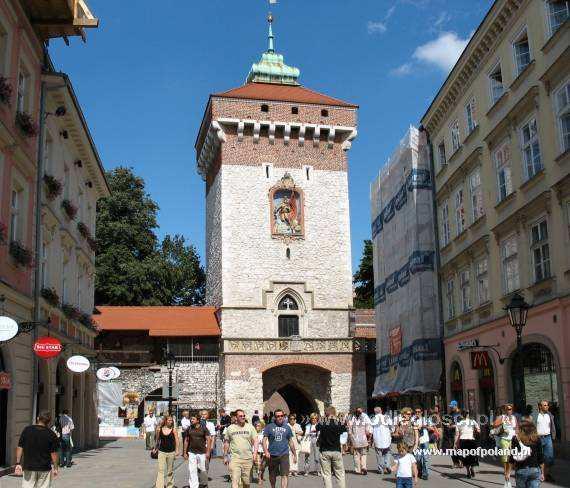
St. Florian's Gate
A medieval gate with a base in the Old Town in Krakow at the end of Floriańska Street, at the intersection with Pijarska Street. Statehood after the old city walls. It is one of eight Kraków defense gates next to Sławkowska, Grodzka, Wiślna, Mikołajska, Rzeźnicza (in Gródek), Szewska, Nowa and Poboczna.
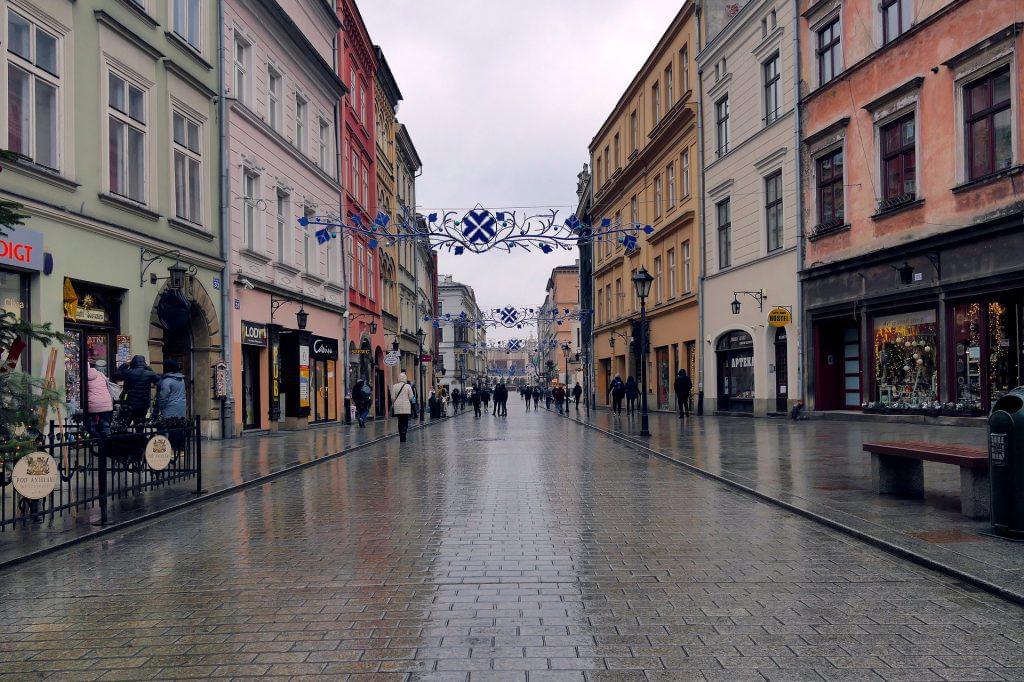
Grodzka Street - Main Market Square
Grodzka Street in Krakow - one of the oldest streets in Krakow, was a fragment of the trade route leading from the south to the north. It is part of the Royal Route, which Polish kings went to Wawel. Its name already appears in city documents from the second half of the 13th century.
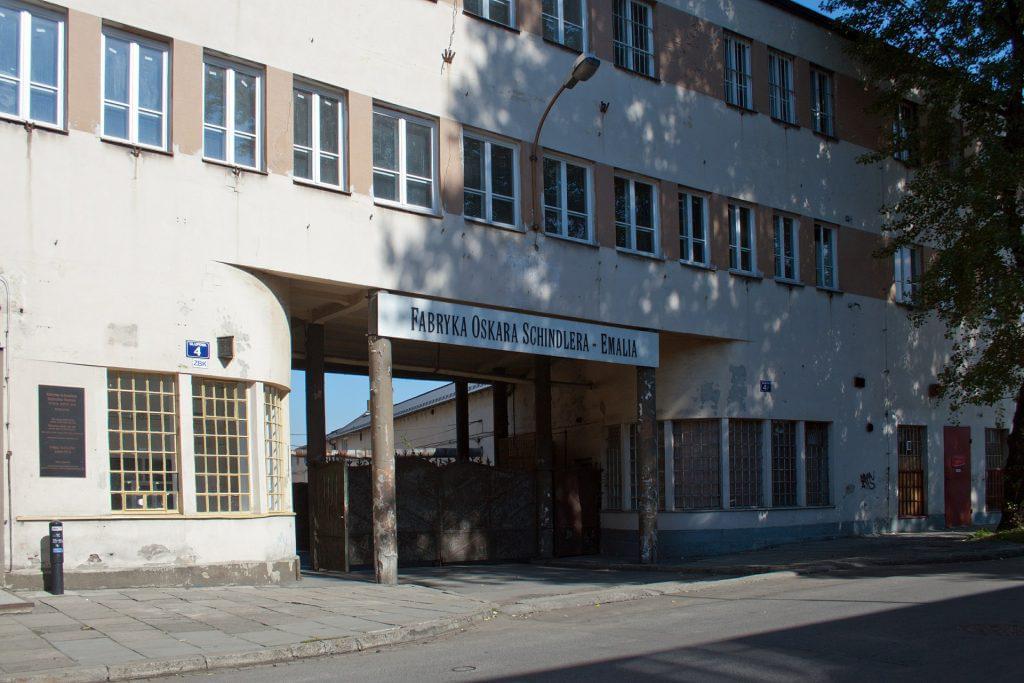
Oskar Schindler's Enamel Factory
The factory was found in 1937 as a place of production of enamelled and tin products. Leased and then taken over by the German entrepreneur Oskar Schindler in 1939, as the German Enamelware Factory - Deutsche Emailwarenfabrik (DEF), run by Schindler until 1945.
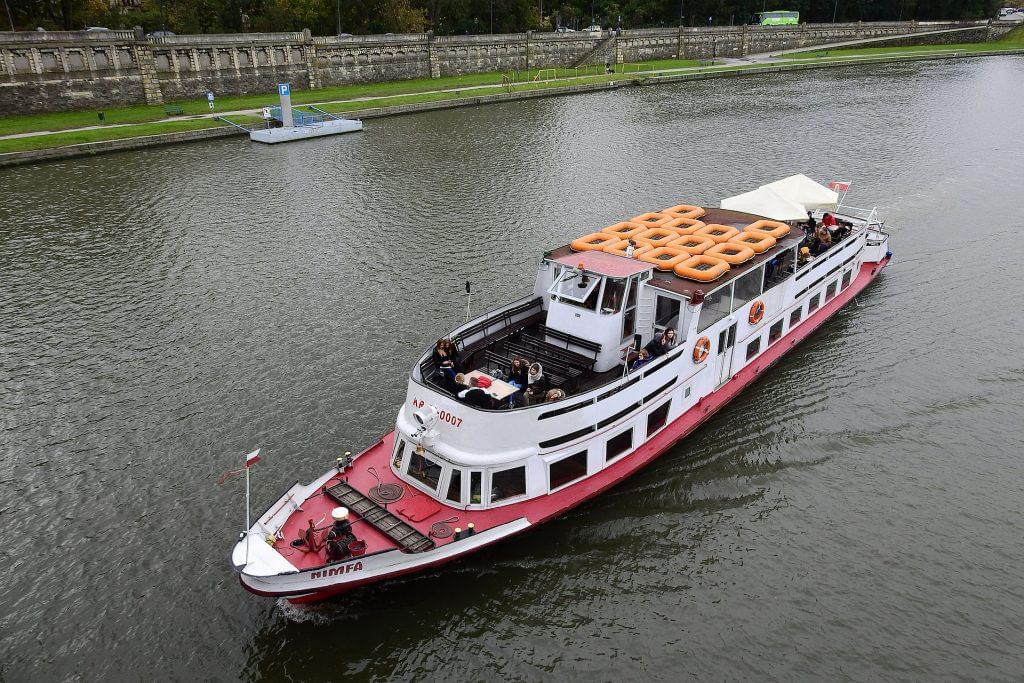
Cruise on the Vistula
We invite all those who are looking for interesting experiences on unique cruises around the picturesque corners of Krakow. Cruise is an extraordinary experience and unforgettable views of Krakow and the surrounding area. The company offers individual and group cruises, and on request also concerts, dance parties, banquets, weddings, family and company celebrations.